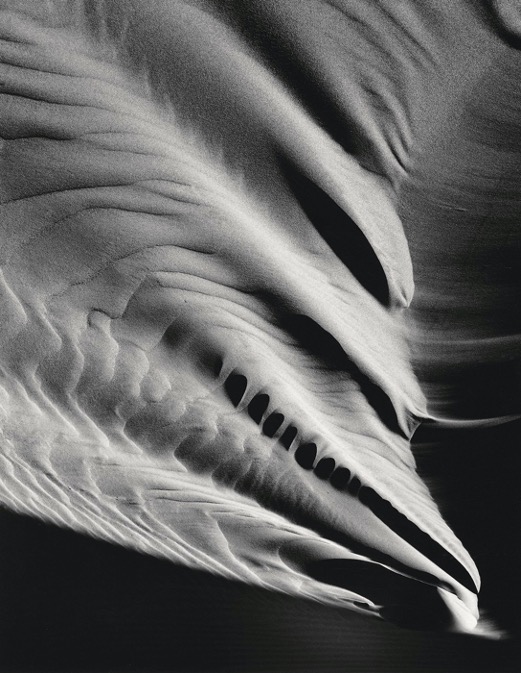Cawein Art Gallery Presents 'Chapters' an Exhibition of Photographs by John Wimberley
The Kathrin Cawein Gallery of Art is proud to announce Chapters, its exhibition of John Wimberley’s internationally-renowned black and white photographs. These seldom-shown images represent distinct chapters in his artistic and spiritual journey.
Selected from more than five decades of John Wimberley’s internationally-renowned black and white photographs, these seldom-shown images represent distinct chapters in his artistic and spiritual journey. Included are natural landscapes, abandoned mining camps of the American West, the Irish countryside, and American Indian rock art of the Great Basin. Also represented are Wimberley’s recent color images of rock art.
Dates: The show will run from Feb. 5 to March 7. The Cawein Gallery is located in AuCoin Hall (formerly Pacific Hall) on the Forest Grove Campus and is open from 9:30 a.m. to 5:30 p.m. on weekdays, or by appointment. For appointment, email brum1878@pacificu.edu.
Reception: A reception and conversation with the artist will be held from 1 to 4 p.m. Wednesday, March 6.
Artist Biography: John Wimberley, born in 1945, is an American fine art photographer. He is known for technical mastery and the spiritual dimension of his imagery. His bodies of work span more than five and a half decades. They include black and white landscapes and human figures, as well as abandoned mining camps and Native Amer ican rock art from the American West. Wimberley recently switched to digital color photography of the rock art sites he has explored for more than twenty years.
ican rock art from the American West. Wimberley recently switched to digital color photography of the rock art sites he has explored for more than twenty years.
He is also known for his contributions to film developer chemistry, as a teacher of photographic vision, and as author and co-author of five books on his life and work. His photographs have appeared in multiple publications and more than 70 exhibitions worldwide, as well as being represented in over 800 public and private collections (including, most recently, the Portland Art Museum).
Wimberley is completely self-taught, never having sought instruction in camera use or photographic processing. He used books, experimentation, and persistence to teach himself to expose and develop negatives and print photographs. In support of the spiritual dimension in his photography, he has studied actively and continuously, and his method includes active and deep meditation.
With his emphasis on clarity, his use of large-format negatives and his focus on the grandeur of the American West, Wimberley landscapes can be viewed as a continuation of the tradition of Group f/64 from a generation before. Indeed, he knew and interacted with Ansel Adams, Brett Weston, Imogen Cunningham and others associated with that tradition. He had two, two-person shows with Adams during the 1980s, but he has never been an adherent or follower of any group.
Wimberley has continued to produce iconic landscape images throughout his career, but in the early 1980s he made a series of images of a friend in a swimming pool. These photographs — made both underwater and looking down from above the surface — form a distinct portfolio. The best known of these, and the most sought-after of his entire catalog, is Descending Angel, 1981. Since that time, he has supported himself entirely as an artist.
His earliest photographs were in color. They were made while serving in Vietnam during the 1960’s. But soon after his discharge from the Navy, he switched to black and white and spent more than fifty years developing and printing at home, refining and perfecting his chemistry and processes. In 2018, he closed his darkroom and pivoted to making digital color images of the American Indian rock art that has captivated him for more than twenty years.



